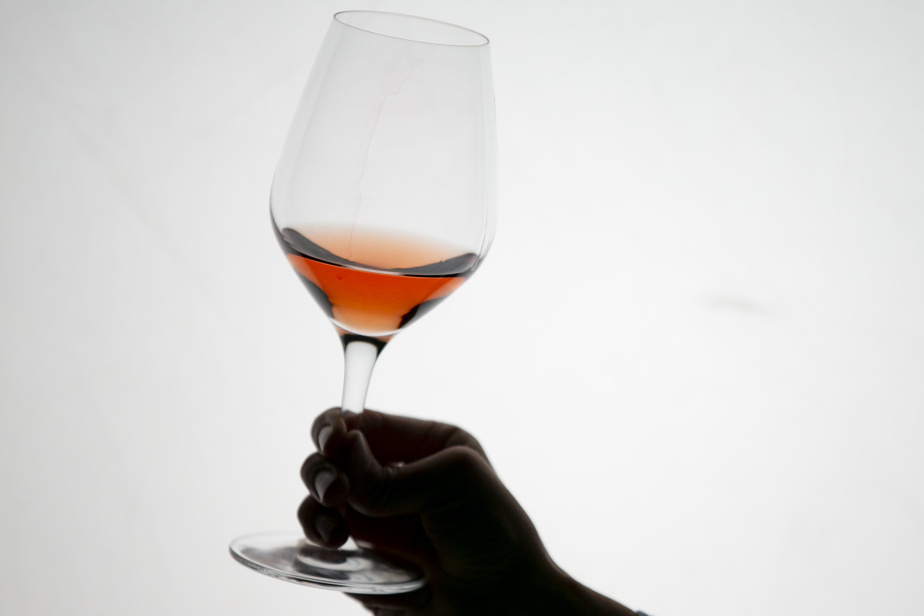After decades of pale rosés with little personality, this color is once again gaining structure and intensity. This is good news, because rosé is the perfect wine to celebrate the return of sunny days. To convince you, here are five rosés and as many trends to follow.
The scents of flowers and white fruits are one of the main assets of this Italian rosé. These aromas come from the Vermentino grape variety. This variety is having its heyday around the Mediterranean, so much so that the Italians have appealed to EU labeling regulations to require the French to use the local name, rolle, rather than the Italian name, vermentino. In this bottle, produced by Frescobaldi in the Maremma region of Tuscany, the 5% Vermentino adds a touch of delicacy to this Syrah rosé. On the palate, its notes of red fruits and its subtly tannic structure are ideal for accompanying a salmon burger.
The rosés of Provence are half as colorful as those produced elsewhere in the world. This trend, however, seems about to change, observes Nathalie Pouzalgae, oenologist at the Center du Rosé, in Provence. “For the past two or three years, the color of the rosés has stabilized. It’s subtle, but you can even see a slight increase in color. This bottle from Clos de l’Ours confirms this with its much more intense apricot colour. And who says more color often says more aromas. This is the case in this blend of Grenache, Cinsault, Syrah, Mourvèdre and Carignan. Notes of ripe fruit and peach pits meld into a lightly full-bodied palate. It’s long and very good!
Château Pradeaux is located a few kilometers from the Mediterranean in the Bandol region. This flagship appellation in the south of France is renowned for its rosés for laying down. However, rosé producers all over the world are inspired by it to produce wines aged in barrels, more structured and spicier, capable of improving over the years. However, this Bandol remains a safe bet, both for this summer and for the cellar. Based on Mourvèdre and Cinsault, it opens with notes of violet and garrigue. Its concentrated herbal aromas linger very long in the mouth. To accompany the flank steak topped with chimichurri, yes!
France is the first producer of rosé in the world and its star is called Grenache. Discreet 60 years ago, this variety is now essential in the blends of rosés from the south of France. It confers roundness on the palate and pleasant aromas of small red fruits. However, this variety of grape comes from Spain, a country that also produces excellent rosés. For less than $15, Conde Valdemar offers this very fruity and dry blend of Grenache and Cinsault. The scents of blueberries and wild strawberries first invade the glass, then the mouth. Both refreshing and elegant, it will be a hit with chicken skewers.
More and more rosés are produced according to the rules of organic farming, notes the Interprofessional Council of Wines of Provence. This is good news, since one in two bottles of French rosé wine comes from this region. To the west, in Languedoc, winemaker Alain Rochard also buys organic grapes to produce his rosé. Its 2022 cuvée is a blend of Grenache and Cinsault. Beneath the very pale robe, scents of peach, apricot, flowers and raspberry fill the glass. The gourmet and delicate attack extends into a vinous texture reminiscent of the sun. The greenish color of the bottle, unusual for a rosé, evokes the difficulty of the winegrowers to obtain the container of their choice to bottle their wines because of the war in Ukraine.















